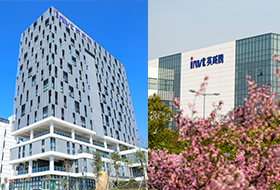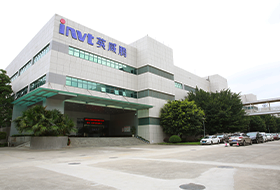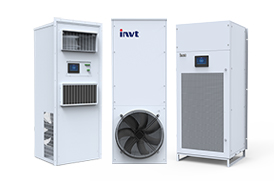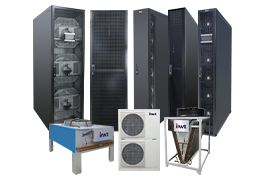A Brief Guide to Data Center Cabling Standards
Data center cabling standards are the cornerstone of modern IT infrastructure. They provide guidelines and a framework for organizations to build reliable and effective networks. Understanding these standards is essential for organizations seeking to optimize their data center operations and ensure seamless connectivity.
What are Data Center Cabling Standards?
Data center cabling standards provide guidelines for designing, building, and maintaining data center infrastructure. They cover cable types, connectors, installation practices, and more to ensure consistency, reliability, and scalability. Developed by organizations such as TIA, ISO, and BICSI, these standards regulate cabling and influence the design, construction, and operation of the entire data center to meet modern IT needs and support future growth.
Common Data Center Cabling Standards
Industry cabling standards are designed to provide security and serve as a foundation for creating an integrated infrastructure. They also provide recommendations for maintaining superior cable performance in the years that follow. Here are five widely used data center cabling standards.
ANSI/TIA-568-C.2:This standard focuses on structured cabling for data communications. It includes specifications for cables, connectors, installation, and testing. Specifically, it outlines the minimum requirements for the functionality, performance, and interoperability of twisted pair cabling, such as Category 6a network cables.
ANSI/TIA-568.2-D: A revision of the ANSI/TIA-568-C.2 standard, this document provides a comprehensive guide to balanced twisted-pair telecommunications cabling and components, emphasizing performance requirements for the cabling infrastructure.
ISO/IEC 11801: This is an international standard for general-purpose cabling for customer premises. It specifies general-purpose telecommunications cabling systems (structured cabling) for applications such as ISDN telephony, various data communications standards, building control systems, and more. It covers both balanced copper cabling and fiber optic cabling.
EN 50173: EN 50173 or CELENECEN 50173 is a European standard for general-purpose cabling systems. Based on TIA and ISO 11801, EN 50173 has additional requirements for network cabling. In general, this standard is consistent with the ISO/IEC 11801 standard, but LSZH cables are often used.
ANSI/TIA-942: This standard outlines specific functional areas in a data center. It provides minimum recommendations for paths and spaces, distances between the backbone and horizontal cable media, redundancy, cable management, and environmental considerations.
By adhering to these common data center cabling standards, organizations can build a robust, future-proof infrastructure that supports the demands of the modern digital environment while ensuring seamless interoperability and performance.
Benefits of Adhering to Data Center Cabling Standards
Adhering to data center cabling standards offers numerous advantages to organizations seeking to build a reliable, efficient infrastructure.
Enhanced performance: Cabling standards ensure the use of quality components and practices, thereby optimizing data transmission speeds and reducing latency within the network.
Improved reliability: Standardized cabling installations are less prone to errors and failures, thereby minimizing downtime and ensuring uninterrupted operation of critical IT systems.
Simplified troubleshooting: Adhering to cabling standards promotes consistency and organization in cable layouts, making it easier for technicians to quickly identify and correct connectivity issues.
Supports scalability: Standards-compliant cabling designs are inherently scalable, allowing for seamless expansion and modification of data center infrastructure to accommodate changing business needs and technological advancements.
Interoperability: By adhering to established standards, organizations ensure compatibility between different hardware components and systems, enabling seamless integration and communication across the network.
By adhering to data center cabling standards to take advantage of these benefits, organizations can build a solid foundation for their IT infrastructure that improves efficiency, reliability, and future readiness.

 networkpowersales@invt.com.cn
networkpowersales@invt.com.cn



























